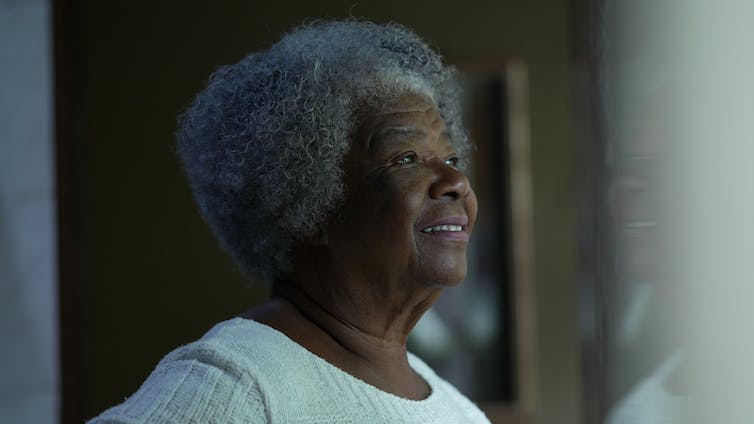The pandemic played into ageist stereotypes, but intergenerational contact and co-operation can overcome them

As the COVID-19 pandemic spread around the world, stringent public health regulations were imposed to protect vulnerable individuals, with older people seen as a particularly vulnerable group.
In response, some argued the pandemic was just a problem for older people and that they should be locked away so younger people could get on with their lives. Others showed increased concern for older people, with dedicated shopping hours and food deliveries for seniors organized.
We are a team of researchers in psychology, sociology and political science with expertise in intergroup relations. Our research on ageism during the pandemic shows that the group-based beliefs and values people endorse have an impact on how older people are viewed.
This is important because it tells us what beliefs and values need to be targeted to create a more inclusive society, especially when facing a public health emergency like the COVID-19 pandemic.
In August 2020, we conducted a survey to gauge the attitudes and opinions of Canadians and Americans who were 18 to 65+ years old. The survey relied on nationally representative samples of 2,110 Canadians and 2,124 Americans. The goal was to assess how North Americans perceived older people during the pandemic and what factors explained these perceptions.
People talk through a plexiglass barrier at Lynn Valley Care Centre in North Vancouver in July 2020.
THE CANADIAN PRESS/Darryl Dyck
Intergenerational tension and its basis
The survey results showed that younger respondents were especially likely to say that older people were using more than their fair share of societal resources, such as those related to health care. This was the case for both Canadians and Americans, and demonstrates ageist consumption stereotypes. These stereotypes can be heightened when resources seem to be scarce.
The degree of concern younger North Americans felt in terms of their own health and finances did not predict ageist consumption stereotypes. Instead, their beliefs and values about group relations were key.
Younger North Americans who endorsed the statement that some groups of people are simply inferior to other groups were more likely to endorse ageist consumption stereotypes. The same was true for those who held values emphasizing competition. In contrast, younger North Americans who valued collective goals and believed in personal sacrifice for the collective good were less likely to hold ageist consumption stereotypes.
At the time of the survey, social distancing measures were in effect, so we also asked survey respondents about their opinions about social distancing. We found that younger North Americans who believed social distancing carries too many problems were also more likely to endorse ageist consumption stereotypes.
What can we learn?
To reduce ageist perceptions of older people, we should encourage collectivist norms and the importance of acting for the common good, while downplaying competition and group-based dominance. This benefits all of us. First, it promotes social cohesion in society. In addition, most of us will be old people someday and would prefer not to experience ageism at that time.

To reduce ageist perceptions of older people, we should encourage collectivist norms and the importance of acting for the common good.
(Shutterstock)
In the context of the pandemic and similar health emergencies, one way to do this is through public health messaging that emphasizes how people of all ages share both the risk of diseases such as COVID-19 and the responsibility for co-operating to overcome it. This way, the emphasis is on society as a whole and less on broad age categories.
Another strategy to reduce ageism is to encourage intergenerational contact to promote solidarity and relatedness across age groups. This could, for example, include more frequent quality contact between family members of different generations, personal contact with older neighbours and participation in volunteering programs that bring people of different ages together.
There is also evidence that if intergenerational contact is coupled with education on aging, ageism can be successfully reduced.
A recent study conducted during the pandemic found that exposure to online information that shows positive intergenerational contact and provides education that challenges ageist stereotypes effectively reduced ageism and perceived intergenerational conflict among young adults.
Intergenerational tension exists but it is not inevitable. To overcome it, we must understand where it comes from and implement a variety of strategies that bring together people of all ages in order to promote co-operation in solving common problems, rather than competition and dominance.






